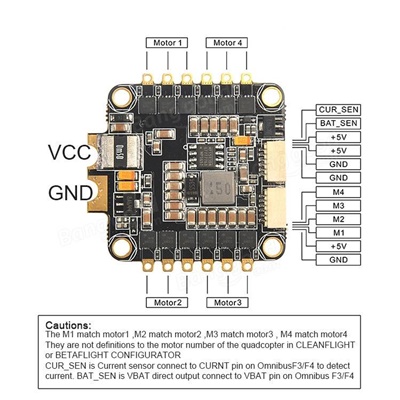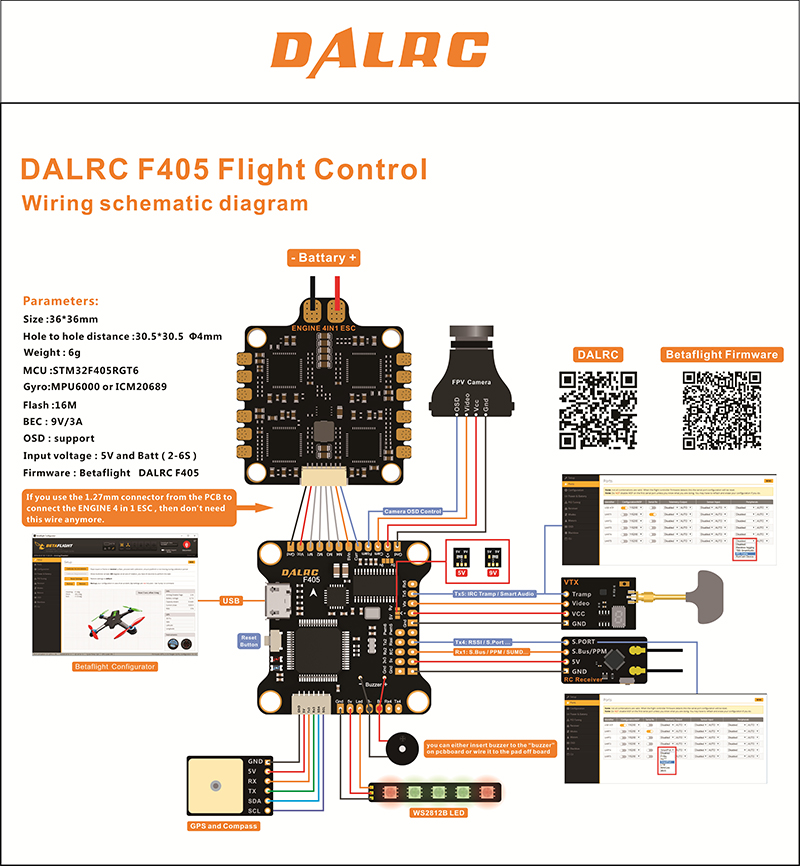


In this work we provide an in-depth characterization of the Time Locked Index (TLI) as a novel tool aimed to efficiently quantify the harmonic content of noisy time series. The evidence discussed above suggest that the quantification of harmonicity of invasive and non invasive neural recordings from humans and animal models can be used as a biomarker to characterize physiological and also pathological brain states like those observed in Parkinson’s disease and epilepsy. In this context, spectral harmonicity could be used as a surrogate of the frequency mixing mechanism and emergent components entraining unit activity, thus, our proposed method for harmonicity quantification complements the tools described in. Recently, it has been reported that frequency mixing is widely expressed in a state and region-dependent manner in cortical and subcortical structures in rats.
.jpg)
Importantly, oscillations emerging from this mechanism entrain unit activity, suggesting that frequency mixing is intrinsic to the structure of spontaneous neural activity and contributes significantly to neural dynamics. emergent) oscillations are generated via the frequency mixing mechanism. a neuron), new harmonic and non harmonic (a.k.a. Furthermore, when two oscillatory inputs converge in a nonlinear integrator (e.g.

Moreover, the harmonicity observed in intracerebral EEG recorded from epilepsy patients has been used to effectively distinguish between harmonic and non harmonic PAC patterns putatively linked to two essentially different mechanisms of seizure propagation. In addition, the on and off medication states of patients with Parkinson’s disease can be distinguished by means of the non sinusoidal waveform shape of the exaggerated beta band oscillations observed in invasive (intracerebral EEG) and non invasive (scalp EEG) recordings. For instance, the quantification of spectral harmonicity associated to non sinusoidal neural oscillations can serve as a measure of spatial synchronization in non invasive brain recordings like scalp electroencephalography (EEG) and magnetoencephalography (MEG). Thus, the proposed harmonicity analysis would be worthy in many fields involving the study of physical and biophysical systems through low dimensional time series. PPC: phase-phase cross frequency coupling). In the context of CFC, harmonicity is measured as the degree of phase synchronization between rhythms pertaining to different frequency bands (i.e. In terms of the Fourier analysis, harmonicity can be thought as the amount of spectral power concentrated at harmonic frequencies (i.e. More precisely, two frequencies f 2 and f 1 are commensurable if they satisfy f 2/f 1 ∈ ℚ, while harmonic frequencies are related by an integer ratio, i.e. The concept of harmonicity refers to the degree of commensurability between the periods of the rhythms constituting the analyzed oscillatory dynamics. However, the interpretation of these PAC patterns remains challenging due to the fact that harmonic spectral correlations characterizing non sinusoidal oscillatory dynamics can act as a confounding factor. This has motivated the development of specialized signal processing algorithms to robustly detect and quantify PAC patterns from noisy neural recordings. In particular, the phase-amplitude cross frequency coupling (PAC) observed in the electrical oscillatory activity of animal and human brains, has been proposed to be functionally involved in neuronal communication, memory formation and learning. CFC is a rather ubiquitous phenomenon observed in the oscillatory dynamics of a variety of physical and biophysical systems (see and references therein). amplitude, phase) of a frequency band interact with others in a different band, either in the same signal or in another related one. From the signal processing point of view, a CFC pattern emerges when certain characteristics (e.g. Cross frequency coupling (CFC) is a signature observed at the signal level informative on the mechanisms underlying the oscillatory dynamics. This is particularly true in electrophysiologically based Systems Neuroscience, in which a long standing goal is to infer the underlying multidimensional neural dynamics from spatially sparse low dimensional recordings.
#Cascadea 4in1 esc 6amp series
One of the most challenging and active topics in signal processing research refers to tackling the inverse problem associated to infer the underlying mechanisms producing the time series observed from a given physical system.


 0 kommentar(er)
0 kommentar(er)
